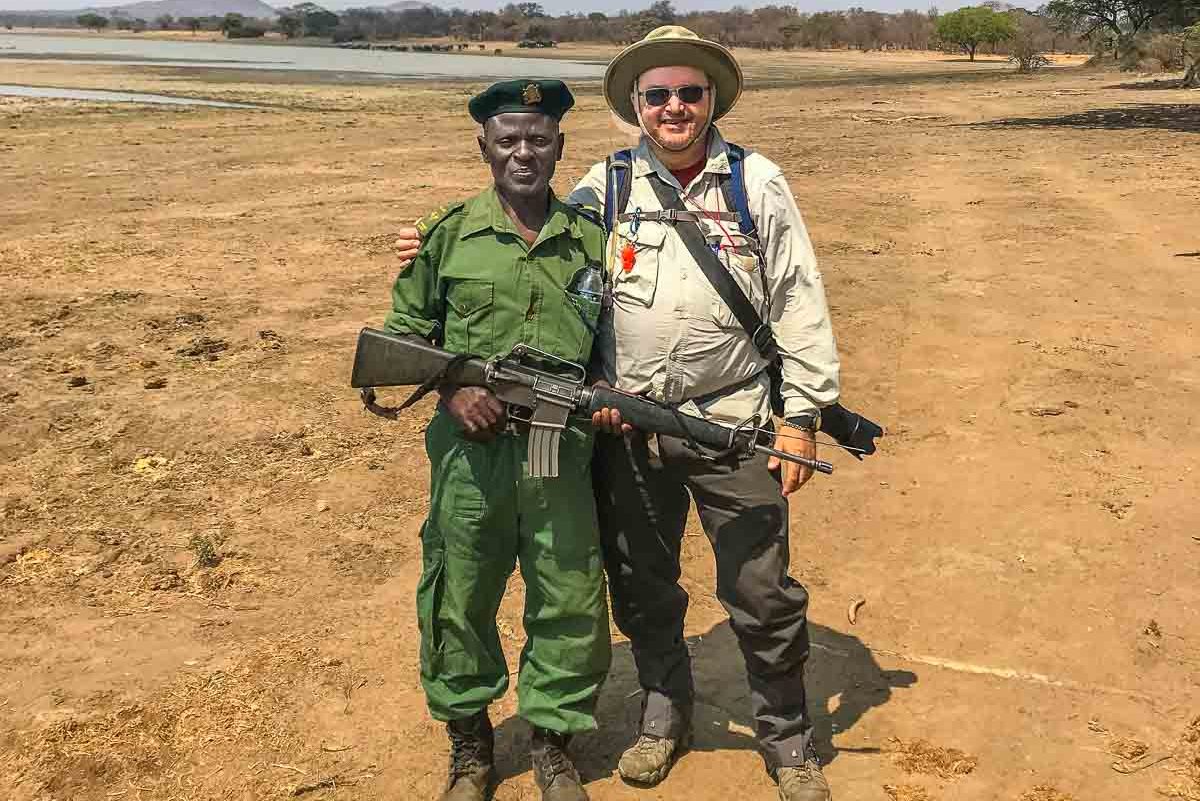
There are two main things to keep in mind when you're going on an African safari to see the animals: sun and insects. It's worth preparing well for your perfect safari so that you can comfortably focus on the wild beauty before you.
Here's a list of what to consider when you're deciding what to pack for an African safari trip, and how to prepare for walking safaris. We've included a few other things you'll want to bring, based on Tom's experience in Malawi and our subsequent two safaris in Kenya.
So, here is our complete African safari packing list. For many, this will be the trip of a lifetime. A little preparation in putting together your list of safari clothing and gear will make your safari experience much better.
Table of Contents
Pack for the heat
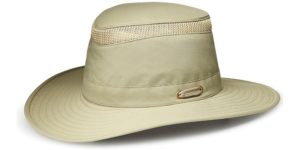
The hat
The first defense against the sun and heat is a wide-brimmed hat. I bought my Tilley Hat more than ten years ago. It's been all over the world with me–the Camino de Santiago, hiking in the Andes, and now, the bush of Africa. It's durable, washable, and has a great sweat band. I also like to soak it in cool water when I'm out in the sun, wring it out, and put it back on. That makes for a nice cool sun hat. There are lots of variations on the Tilley Hat, so pick the one you like.
Cool shirts
For cool, it's hard to beat the the standard REI Sahara long-sleeved shirt. Long sleeve shirts provide good sun protection. Also, look for a collar that you can flip up to protect the back of your neck.
T-shirts
Again REI Sahara for me. Sweat wicking is the key. And, when you rinse them out, they're quick drying. I wore these when hanging out in the shade of the camp.
Underwear
I'm a big ExOfficio fan here, too. Cool, washable, and quick drying. And yes, I'm a boxers kind of guy.
Pants–go for durable over light weight
I varied here from the pure concern for cool and bought tough Carhartt Men's Rugged Flex Rigby Dungarees. If you're walking through the bush, keep in mind that the animals and bugs aren't the only things that are aggressive. It seems that most African plants have thorns, or at least pointy brittle branches. And the grasses often have little serrations. So, all that requires something tougher than the typical nylon blend travel pants. It's a good idea to bring two pairs of pants, just in case.
Remember, too, when choosing all your clothes, to pick lighter neutral colors. Bright colors can actually make the animals nervous and they'll tend to move away from you. Dark colors such as blue or black attract the nasty biting tsetse fly. Really. The Malawian park service actually hangs poisoned blue/black cloths on the trees in the park to attract tsetse flies. Finally, do not bring camouflage clothing. In many African countries, camouflage is actually illegal. It's reserved for the military.
Gaiters
You might want to add gaiters to your anti-vegetation armor. Optional, but also keeping the thorns and sharp seeds out of your socks is not a bad idea.
Socks
I've used a variety of socks over the years, but I just got some Point6 recently and they're fast becoming my faves. They have all the usual wash and quick dry attributes, but I particularly like the fit and breathability. And, they slide around nicely inside my boots. No blisters!
Waterproof jacket
It's also a good idea to bring a light weight rain jacket, just in case. I'm partial to the Patagonia brand for that sort of outdoor gear.
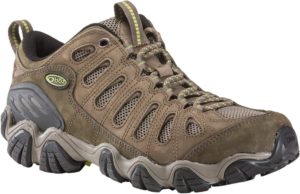
Hiking Shoes
Unless it's the rainy season or otherwise wet, I don't like waterproof shoes. But you do need substantial shoes/boots for Africa to ward off the thorns I discussed above. (Every day, I removed at least a half dozen half inch thorns from the bottoms of my boots. I really like my Oboz Sawtooth Low Hiking Shoes. Cool on the feet, and thick protective soles with a good tread pattern. I also really have been a complete convert to Oboz because they come in wide. If I were going in the rainy season, though, I would take my Oboz ankle height waterproof Bridger models.
Sun screen
It should be obvious, but don't forget the sunscreen and lip balm. Avoid any that have a strong smell, as those will bother the animals and they will tend to move away from you.
Pack for the bugs
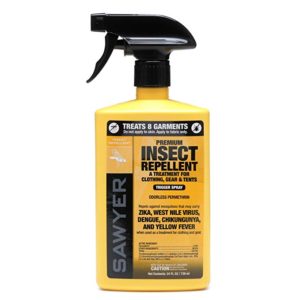
Treat your clothes
I only discovered this recently, but I'm sure glad I did. I treated my shirts, t-shirts, pants, and socks with Permethrin Clothing Insect Repellent according to the instructions. In short, it works. No mosquito bites through the treated clothes.
Insect repellent
Deet. It works, too. But you probably don't want it on your hands while you're eating. Use the strong stuff. African mosquitos are relentless. But don't forget to wash it off when you go inside.
A head net and other natural anti-insect ideas
Yeah, a head net can look sort of silly. But note that while Deet will keep the mosquitoes away, it seems to have no effect on tsetse flies. There will be at least one time when you'll be glad you have this. Or you can just swing your hands around frantically and constantly.
You also might consider some of these non-Deet wipes for your hands and face, especially when you're eating.
Finally, some of the campers in Malawi used clove oil as a tsetse repellent. Not sure it worked, but it sure smells good.
All the other important things you'll want to pack for Africa
I'm not going to go into long explanations of why you should carry these. It should be fairly obvious why you need them.
- Grayl water filter bottle. I used it on all the “dicey” water supplies I ran into in Africa, and had absolutely no traveler's “problems.” That's well worth the weight. This wide mouth water bottle also means you won't be using all those throwaway plastic bottles.
- Head lamp and extra batteries: This is a basic economical headlamp. You might want to consider more powerful versions, if you need a more intense light.
- Knife: I like this knife because it is substantial, has a serrated blade, which occasionally comes in handy, and incidentally, is the knife the Swiss Army actually carries.
- Ear plugs: I buy these by the hundreds and always carry them when I travel. You can never tell when there will be noisy hippos outside your tent. Really.
- Day pack with water bladder. I like this Osprey 11 liter pack, but it may be a bit small for some, depending on what you have to carry. You might want to look at these to pick one that's a little more versatile and a little bigger.
- Bio degradable detergent: for all those very washable clothes you're carrying. Of course, if you're on a more luxurious safari, you may even have laundry service.
- Silk sleeping liner: These are slightly pricey, but I've had mine for ten years. It's indispensable in a camping situation.
- First aid kit: Don't forget to stock it with Immodium and ibuprofen.
- Quick drying towel
The main best advice is to pack light as possible, given all the above. Especially if you are flying within Africa. The bush flights in small planes usually have a weight limit. Don't forget, you'll be bringing several pounds of camera equipment up to the task of getting good animal shots. And that alone might test your charter flights weight restrictions. (See here to see a list of Tom's camera gear.)
Oh, and one more thing. Never undertake a trip like this – or any other long trip, for that matter – without travel insurance. We use Allianz Travel Insurance.
If you want to double check your packing list, see these handy, infographics from our sponsor the safari experts Go2Africa: what to pack for an African safari, and how to prepare for a walking safari.
I first visited sub Saharan Africa as part of Biosphere Expeditions expedition to Malawi in east Africa to study elephants, hippos, baboons, bats, and bugs. We also used this list for our trip to Kenya and the Masai Mara and Amboseli National Parks.
A visa is necessary for Americans to travel to Malawi, and most African countries. We use iVisa whenever we need a visa for any country. Great service, and a small price to pay for them to navigate the visa process for you.
You can click the link above, or use this widget below to start the process of getting a visa for any country.
Up Your Travel Skills
Looking to book your next trip? Use these resources that are tried and tested by us. First, to get our best travel tips, sign up for our email newsletter. Then, be sure to start your reading with our Resources Page where we highlight all the great travel companies and products that we trust. Travel Accessories: Check out our list of all the accessories we carry to make getting there and being there a lot easier. Credit Cards: See our detailed post on how to choose the right travel rewards credit card for you. Flights: Start finding the very best flight deals by subscribing to Thrifty Traveler. Book your Hotel: Find the best prices on hotels with Booking.com. See all of the gear and books we like in one place on our Amazon shop.Got a comment on this post? Join the conversation on Facebook, Instagram, or Threads and share your thoughts!

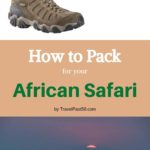
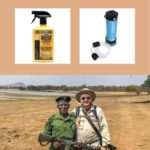
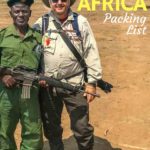
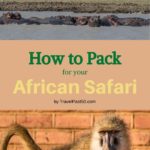

Comments are closed.